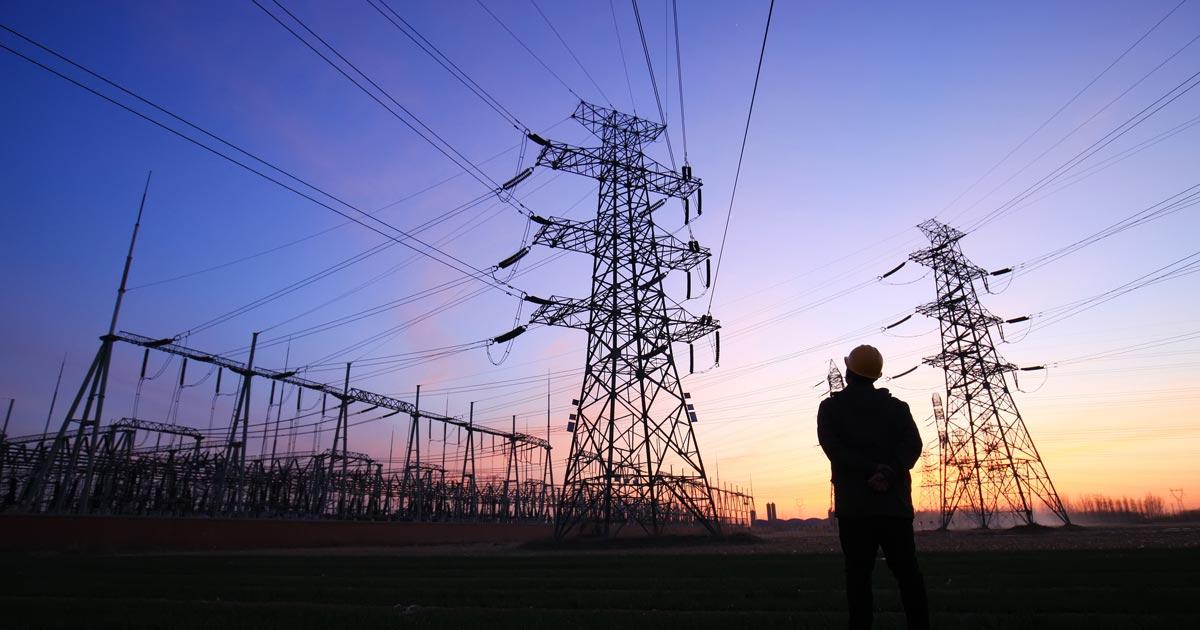
Why Europe’s Highly Regulated Power Market Is So Bad for Growth
Despite an endless chain of monetary and fiscal stimuli, the eurozone consistently disappoints in growth and job creation. One of the reasons is demographics. No monetary and public spending stimulus can offset the impact on consumption and economic growth of an aging population, as Japan can also confirm.
However, there is an especially important factor that tends to be overlooked: the lack of competitiveness of the eurozone industry due to rising and noncompetitive power prices.
Residential electricity prices in the European Union between 2010 and 2014 averaged nearly $240 per megawatt hour (MWh), whereas the US averaged nearly $120/MWh, or less than half of EU prices. The EU average gasoline and gasoil prices were also twice as high compared with the United States.
This trend has not improved. In 2020, the average residential consumer’s electricity price in Europe showed an increase of 13 percent over the average price ten years before.
Renewable subsidies play an important role. In Germany, household power prices have risen dramatically since 2006. Household electricity prices have risen by 57 percent between 2006 and 2019, while the country invested more than €150 billion in subsidies for renewables. The price of energy only accounts for 23 percent of the average household bill, while renewable premiums account for 21 percent and the cost of the networks for 24 percent. Today, Germany depends for almost 24 percent of its energy mix on coal and 12 percent on natural gas.
Taxes and levies make the biggest difference. Their share climbed steadily, from 25.6 percent in 2011 to 40.3 percent in 2020, with rates as high as 66 percent in Denmark and 53 percent in Germany.
The value-added tax (VAT) average in the EU is 15.5 percent of electricity and ranges from 4.8 percent in Malta to 21.2 percent in Hungary.
These high energy prices, where businesses and households face massive taxes and fixed costs, work as a burden on growth and competitiveness. Even in Germany, where exporter industries are exempt from renewable levies, the difference with the United States and China in terms of energy costs remains too high and makes most industries uncompetitive. We must remember that energy costs can account for up to 30 percent of an industry’s costs. Rising fixed costs in the energy bill means a working capital burden for businesses that inevitably leads to reduced job creation, as the two most important costs are energy and labor in industrial manufactures.
A key negative factor in Europe is the cost of carbon dioxide emissions, which is a hidden tax that governments collect from selling emission permits. The price of CO2 permits has soared to record highs as the member states have limited permits and demand has risen. This cost is passed directly to consumers while governments collect billions of euros from selling them. As Europe’s emission-cut targets accelerate, this hidden tax is likely to penalize producers and consumers to an even greater level. The European Union accounts for around 9 percent of the global CO2 emissions but bears 100 percent of the cost, as the rest of the large economies do not impose such a heavy burden on consumers. Additionally, the CO2 tax has not worked. The only reason why the European Union emissions are falling is because its growth is weaker than that of its peers. Even the United States has reduced emissions faster since 2007. “The United States’ carbon emissions have declined since peaking in 2007 and the United States’ emission reduction has outpaced all of the countries that have remained as a part of the Paris Agreement in terms of raw emissions. However, many individual countries have seen their carbon emissions reduced at a faster rate than the United States” according to The Dispatch. What is sad is to see that some of the key drivers of the EU’s carbon emissions reduction are lower growth and industrial relocation to other countries.
This burden on competitiveness is not just a negative factor for the existing industries but a key element in their decision to relocate to other countries.
Politically designed power markets are not just making the European Union uncompetitive, but they are also curbing potential growth and job creation.
There is nothing negative about a cleaner energy transition if it is competitive and does not generate more negative than positive effects. The problem in the European Union is that energy transition has been politically designed and not driven by competition and technology. Misguided subsidy and tax measures have resulted in higher fixed costs for businesses and elevated prices for consumers. Instead of heavily intervened-in energy markets, open competition between renewables and natural gas and technological innovation would have been better and cheaper alternatives.




